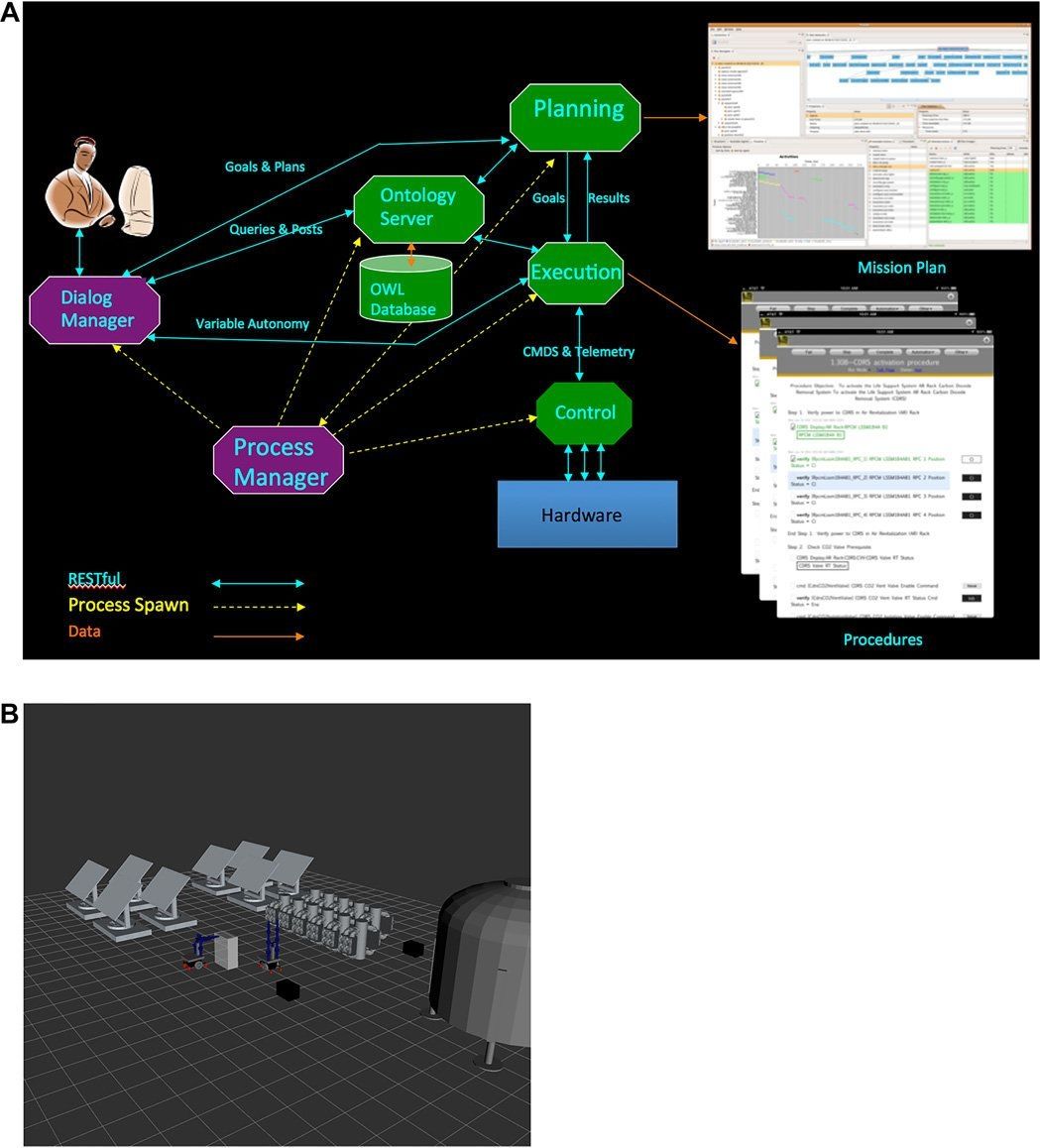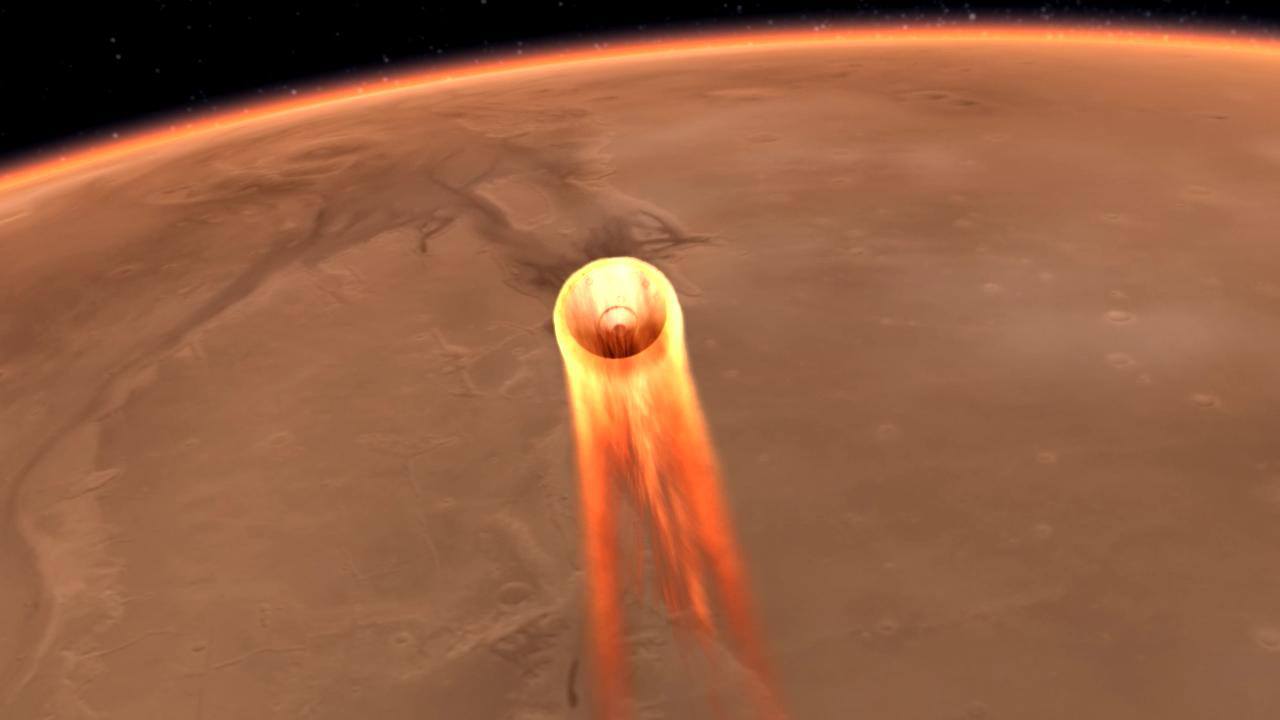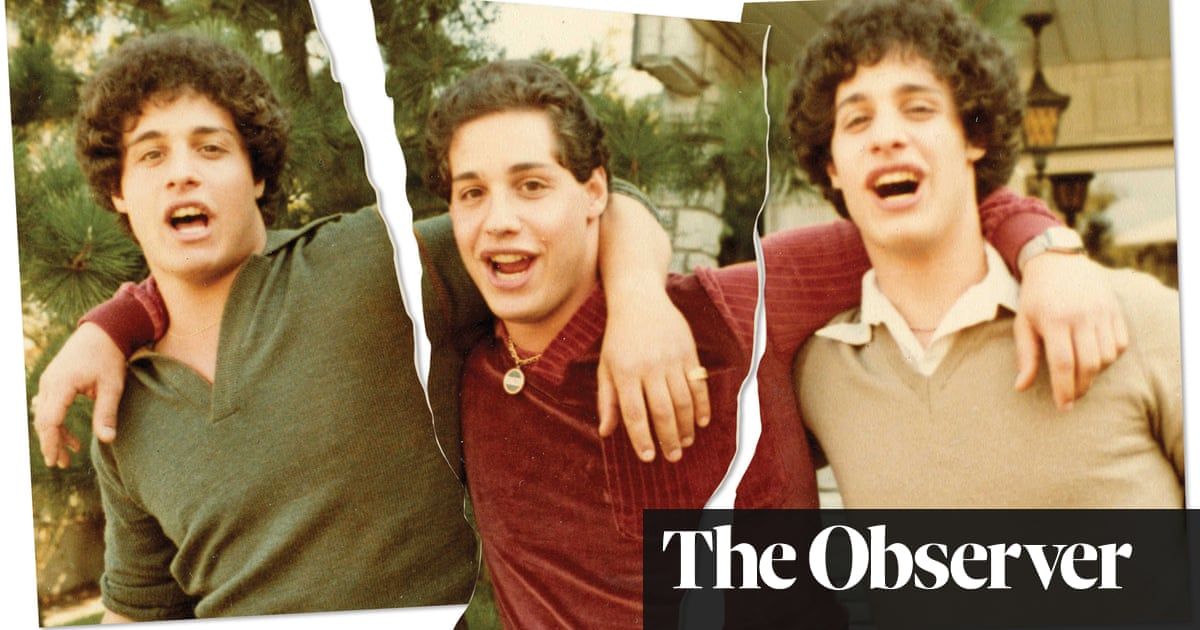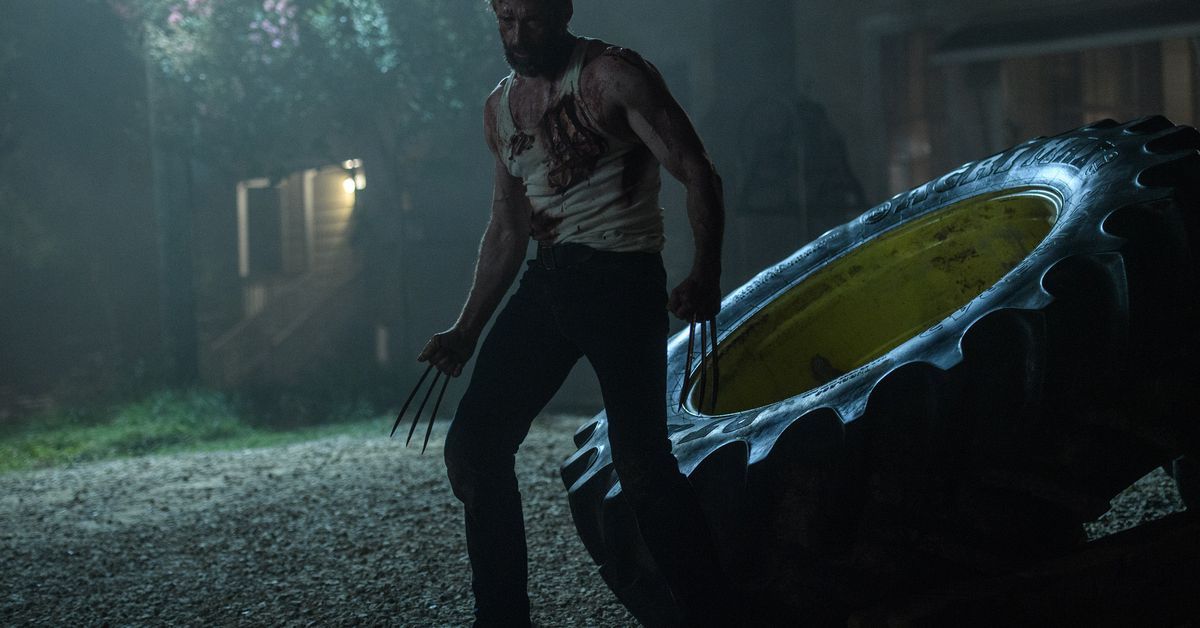- Tencent Music on Monday set the price for its US initial public offering after global markets got a boost from a truce in the US-and-China trade war.
- The company said American Depository Receipts will price between $13 and $15, helping it raise as much as $1.2 billion.
- The IPO was initially scheduled for October 18, but was postponed due to stock-market volatility.
- Monday’s filing comes after President Donald Trump agreed to postpone new tariffs on Chinese imports by 90 days and Chinese President Xi Jinping agreed to buy a substantial amount of US goods and name Fentanyl a controlled substance.
Tencent Music Entertainment filed with the Securities and Exchange Commission on Monday to set the price for its US initial public offering — one day after President Donald Trump and Chinese President Xi Jinping announced a truce in the trade war between the US and China.
The China-based streaming-music service backed by tech giant Tencent said the offering price will be in the range of $13 and $15 per American Depository Receipt, helping it raise as much as $1.2 billion.





